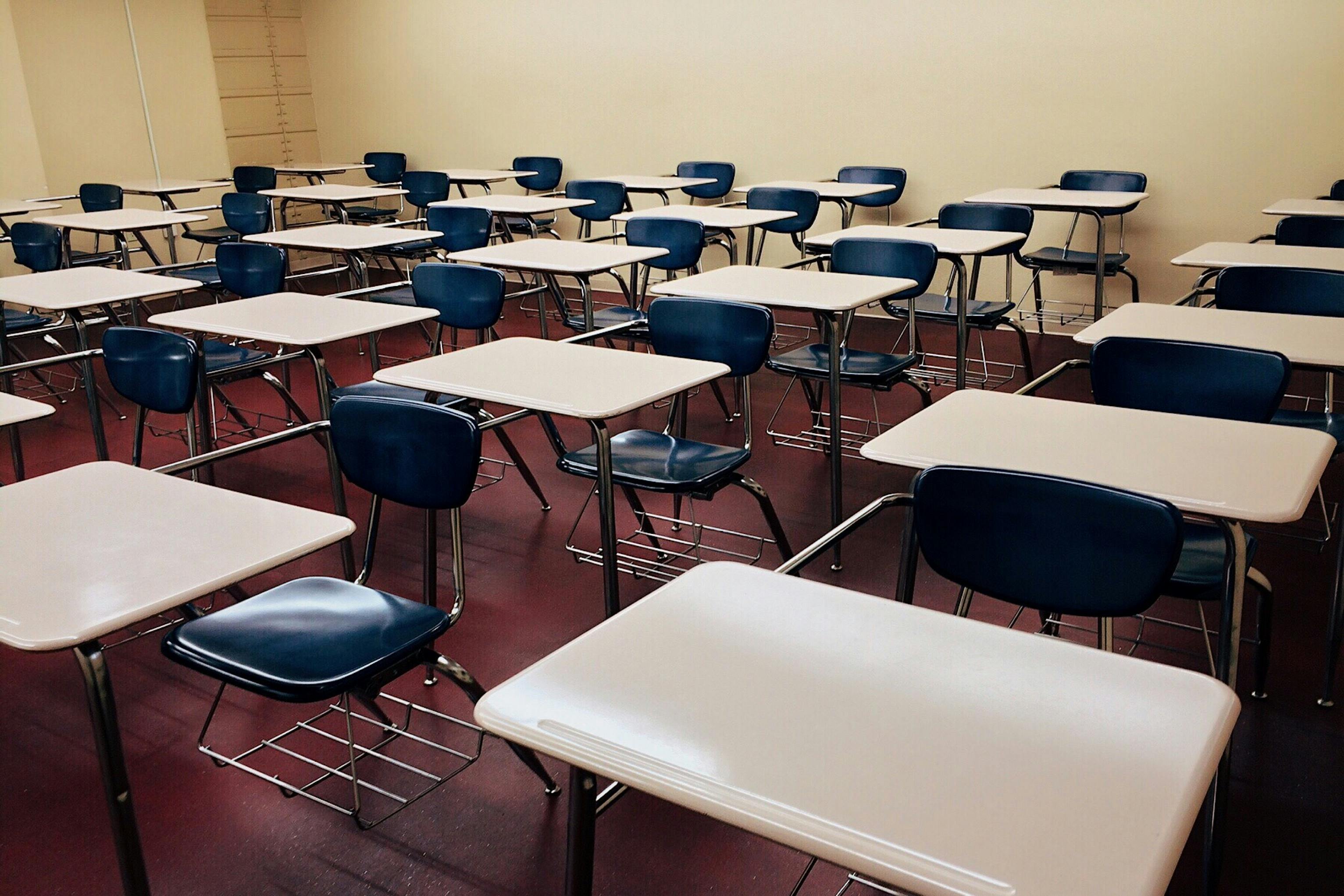Panorama Education survey: school safety and climate lead to absenteeism
The percentage of students missing 10% or more school days has spiked since the pandemic
 Since the pandemic, chronic absenteeism, which is defined as missing 10% or more of school days, has become a big problem among all ages: in the 2018-2019 school year the percentage of chronically absent students was 13%, but by the 2021-2022 term it had risen to 29.4%, and then 27% the following year. California, in particular, has seen a big spike, hitting 30% in 2021-2022.
Since the pandemic, chronic absenteeism, which is defined as missing 10% or more of school days, has become a big problem among all ages: in the 2018-2019 school year the percentage of chronically absent students was 13%, but by the 2021-2022 term it had risen to 29.4%, and then 27% the following year. California, in particular, has seen a big spike, hitting 30% in 2021-2022.
There are numerous reasons for why this might be, and to get to the bottom of it Panorama Education, a provider of software to educators to help them understand and support students across academics, attendance, behavior, and life skills development, unveiled the results of a study of K-12 students in the United States examining how student perceptions correlate to chronic absenteeism.
Founded in 2012 Panorama is used to support 15 million students in 25,000 schools, and 2,000 districts across the United States. The white paper, entitled Understanding the Link: The Correlation Between Student Mindsets and Chronic Absenteeism, used a sample of anonymized data from over 7,000 schools and 11 million students.
It showed the biggest spikes in absenteeism in both the youngest and the oldest student populations: among kindergarten students, chronic absenteeism reached 30.5% in the 2021-2022 school year, by far the highest for any grade below middle school; meanwhile, the highest rate occurred in grade 11, with 33.5%, while grades 12 and 10 saw 32.7% and 32.8%, respectively. In 2022-2023, the kindergarten absentee rate remained a 29%, while grade 11 fell to 32.3%.
For comparison, in 2018-2019, only 12.9% of kindergarteners had been chronically absent, and the same was true for 20% of juniors in high school.
As for what's causing this, it's different depending on the level of school. For example, for elementary and middle school students school safety and school climate questions were most highly correlated with chronic absenteeism.
When looking at elementary schools, the four questions with the highest correlation to that school’s chronic absenteeism rates had to do with school safety, while eight out of the top 10 are school safety and school climate related. These questions includes, "how often do you worry about violence at your school?" and "how positive or negative is the energy of the school?"
In elementary schools, students who feel safe at school are less likely to miss 10% or more days in a school year.
For middle schools, six of the top ten questions correlated with chronic absenteeism are related to school safety and school climate. For these students, those who feel safe at school, feel that school provides a positive setting for learning and growth, and have overall positive feelings are less likely to miss a lot of school.
By the time students reach the high school level, topics about safety and clime are no longer present in the top 10. At that point questions were related to social awareness, which made up six of the top 10, including, "how much do you care about other people's feelings?" and "how carefully do you listen to other people's point of view?"
For these students with social awareness, chronic absenteeism can be reduced through supportive relationships, as well as the ability to set goals, plan and manage time, the report found.
"This study supports two important key findings about chronic absenteeism. First, findings showed that the probability of a student being chronically absent was, in part, a function of the school attended. Second, schools with a high reported level of concern around safety and low school climate were correlated with higher percentages of chronically absent students," it says in the white paper.
"Being able to cross-examine student perceptions with absence rates in such a large national sample gives educators much-needed insights into new ways for us to address this enormous issue," Aaron Feuer, CEO of Panorama Education, said in a statement.
"What's even more powerful is that all of these insights are things that a school can control, allowing educators to implement strategies that combat absenteeism directly."
(Image source: images.pexels.com)
